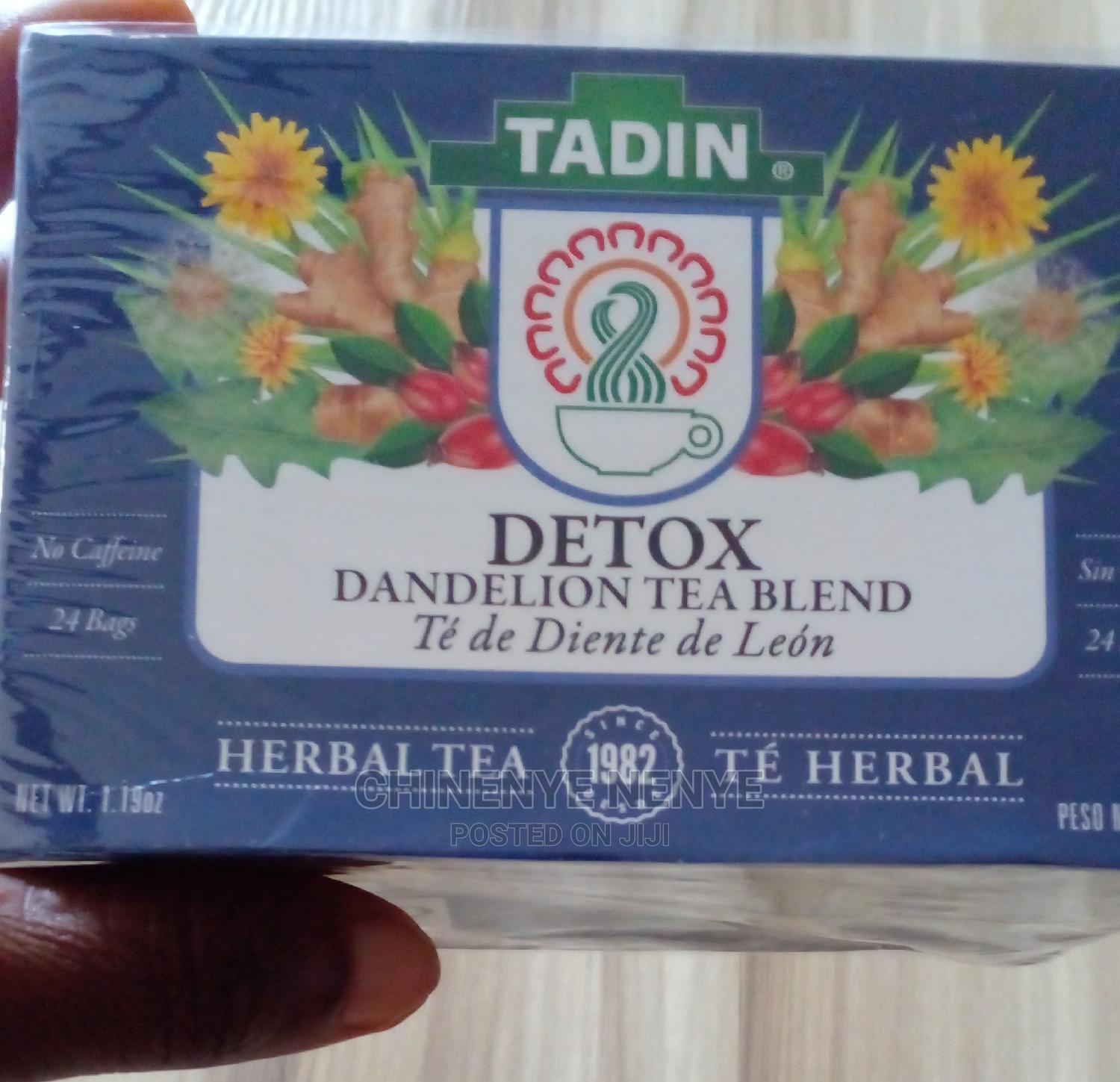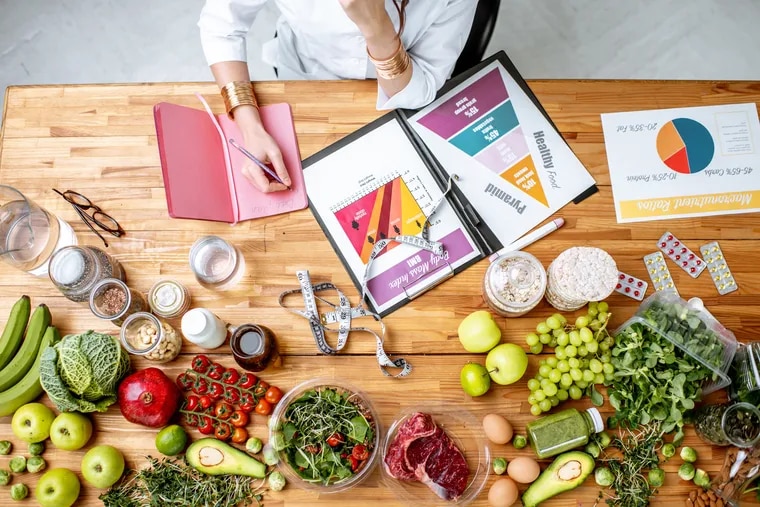
You don't have to cut out salt completely from your diet. You can still enjoy a wide variety of tasty foods without the high sodium content. The key is to choose the right types of foods. A few of these examples are processed meats, canned goods, and cheese. Low-sodium tomato juice or paste are also available. Choosing low-sodium meat and dairy products will also save you money and time.
Among the many foods that are low in sodium are: fresh fruits, vegetables, and whole-grain pasta. Nuts have healthy fats, are rich in protein, fiber, and essential vitamins. They also contain antioxidants that protect against free radicals and fight the negative effects caused by sodium. If you are unsure how to cut down on sodium, read this article to learn about some of the best options.
You can avoid the negative effects of sodium by choosing food labels that clearly state its sodium content. Look out, for example, for the "Heart Check” seal. Avoid processed meats that contain high levels of sodium. You should also make sure you read the labels and ensure they are marked "low sodium" or “low sodium." If you're not sure, try cooking with fresh herbs instead. Alternatives include celery seed and onion powder.
To cut your daily sodium intake, try substituting processed cheese for low-sodium ones. Use substitutes like cottage cheese, buttermilk, and mozzarella. You can also substitute table-salt with spices and make homemade juice from canned beverages. Avoid canned foods, as well as roasted salted almonds. These foods are high-sodium and should be avoided. It is also a good idea not to rinse canned food with water before you consume them.
Spread sodium throughout the day to avoid overeating. To reduce your sodium intake, try to choose fruits and vegetables, and make sure to avoid high-sodium foods. Ask for less salt when you eat out. Custom-made dishes are healthier for you and contain less sodium. Ask for condiments and dressings when you order from a restaurant. You can request lower-sodium options when dining out.

Check the labels on the foods you eat to reduce sodium intake. Always read the label. The label can be read to determine the serving size, the ingredients, as well the sodium content. Generally, a product should not contain more than 140 mg of sodium per serving. You can also add spices to your popcorn to make them more tasty and help you to stick to your low sodium diet. This snack is rich in fiber and low in sodium.
You should avoid salty foods but there are some foods that are low sodium. These foods include whole grains, breads, and other breads that are high in fiber but low in sodium. Rice bran, for example, is a great source of fiber and contains only 6 mgs sodium per cup. Be aware that whole grain products can contain additional salt. For example, multigrain bread has nearly 170mgs sodium.
Fresh fruits can help you reduce sodium intake. Fresh fruits contain very little sodium and are rich in essential vitamins and minerals. An apple can contain about one milligrams of sodium. This is approximately 6% of the daily sodium recommended. Greek yogurt has the same sodium content as plain yogurt. However, it contains more protein so it's a good option if you want to watch your sodium intake. It is also rich in potassium which is crucial for maintaining healthy levels of blood pressure.

Some foods are very high in sodium. They are still very low when compared to other foods. Vegetables are high in fiber and low in sodium. However, they have more sodium than other foods. For example, a cup full of beets can have 84mg of sodium and half a bowl of spinach can have 63mg. Asparagus, green beans, avocado, and corn are all "salt-free".
FAQ
What does a culinary program cost?
The cost of a culinary school depends on where you are, how much you study, and what program or course you choose. Average tuition costs between $10,000 and $30,000. The average student graduates with $20,000 in debt. There are some programs that offer grants and scholarships as well as work-study options.
How to Become a Chef?
There are many routes to becoming a chef. A course at a local community college or vocational school is a good place to start. You can then look into going to culinary school. Finally, consider a paid internship.
How much does it cost to study Culinary Arts?
It is not easy to find a culinary arts degree that costs less than $40,000. A four year degree is typically around $40,000. A two-year associate's level degree can cost less than $5,000. Tuition costs vary depending on which program you choose. The tuition rates for private institutions are usually higher than those of public universities.
Statistics
- In the United States, the category is estimated at $23.2 billion annually and is growing faster than the market. (washingtonpost.com)
- On average, chefs earn $58,740 a year, according to the BLS. - learnhowtobecome.org
- The median pay for a chef or head cook is $53,380 per year or $25.66/hour, according to the U.S. Bureau of Labor Statistics (BLS). (learnhowtobecome.org)
External Links
How To
How to cook steak
The type of meat you are cooking will determine the right method to use. Thicker steaks cook best at low heat. Thicker steaks require higher temperatures.
You should also ensure you don't overcook them because they'll lose flavor. Don't forget to take the steak out of the pan once it's finished. This will ensure that you don't burn your self.
The size and desired doneness of the steak will affect the cooking time. Here are some guidelines:
Medium Rare: Cook to medium rare. This means that the internal temperature should reach 145degF (63degC). This takes between 3 and 5 minutes per side.
Medium: Cook until medium. This means that the internal temp has reached 160 degrees F (71 degrees Celsius). This typically takes 6 minutes per side.
You are done when the internal temperatures reach 180°F (82°C). This takes between 8 and 12 minutes per side.